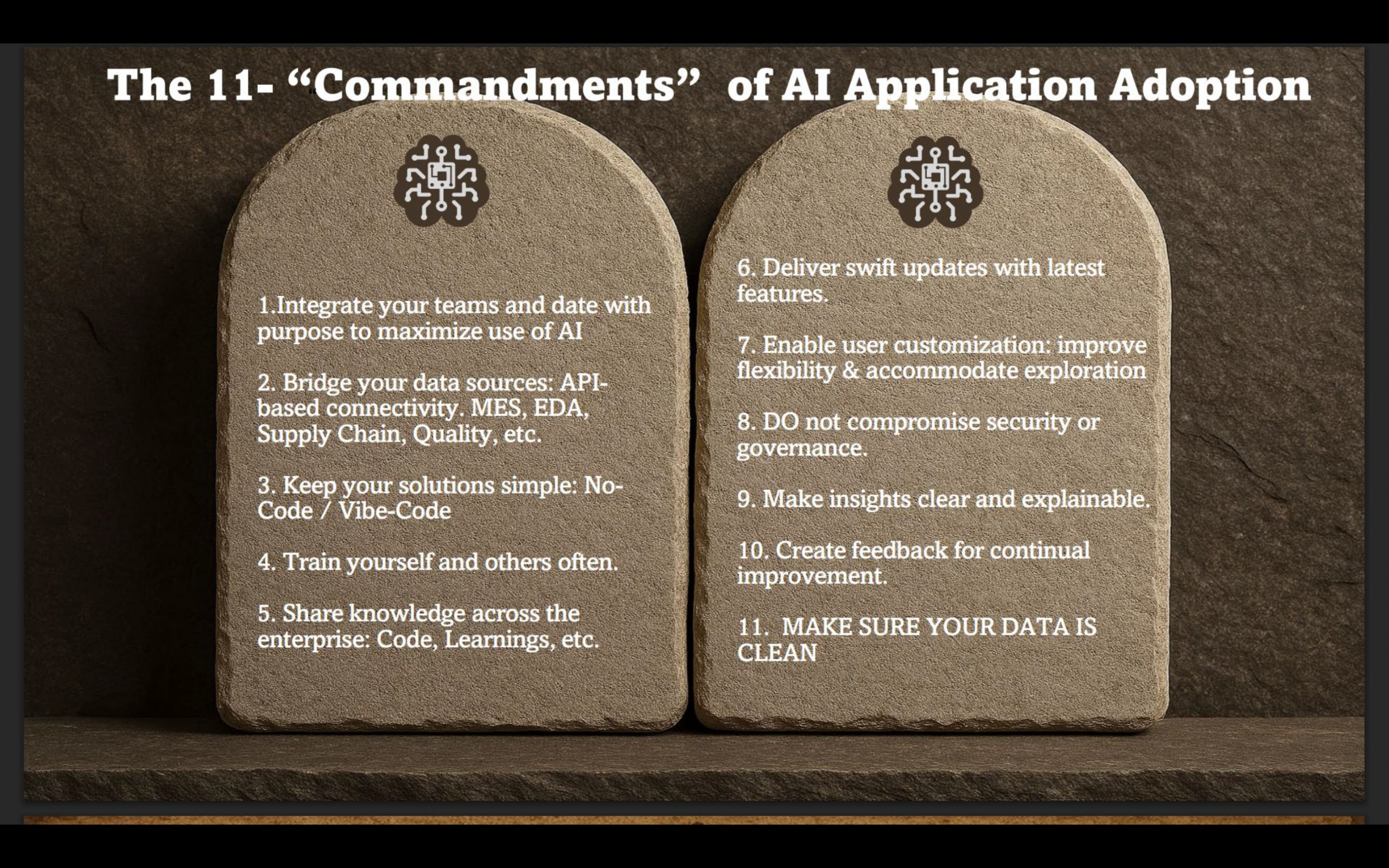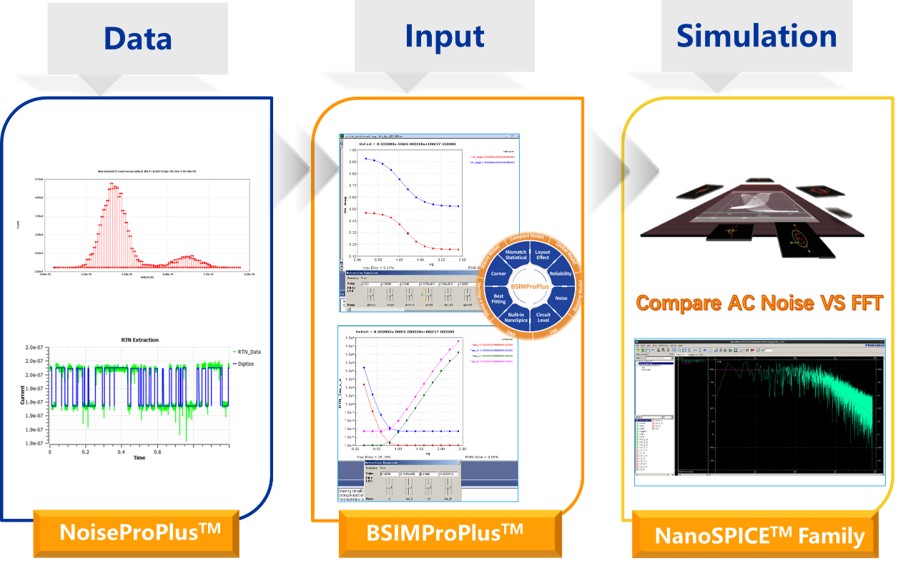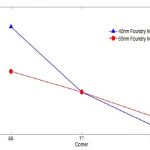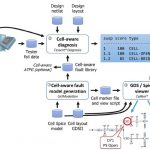Fascinated by computers at a very young age, Peter got his degree in Computer Science and was brought to the Bay Area via AIESEC Berkeley’s student exchange program to write his thesis. He has now more than 15 years of professional experience in software engineering, large scale systems architecture and data center engineering… Read More
 TSMC's Customized Technical Documentation Platform Enhances Customer ExperienceTaiwan Semiconductor Manufacturing Company, the world's leading dedicated…Read More
TSMC's Customized Technical Documentation Platform Enhances Customer ExperienceTaiwan Semiconductor Manufacturing Company, the world's leading dedicated…Read More PDF Solutions' AI-Driven Collaboration & Smarter DecisionsWhen most people hear the term PDF, they…Read More
PDF Solutions' AI-Driven Collaboration & Smarter DecisionsWhen most people hear the term PDF, they…Read More Bringing Low-Frequency Noise into FocusKey takeaways The challenge of acquiring high-quality, reproducible…Read More
Bringing Low-Frequency Noise into FocusKey takeaways The challenge of acquiring high-quality, reproducible…Read More A Brief History of TSMC Through 2025Taiwan Semiconductor Manufacturing Company, the world's largest dedicated…Read More
A Brief History of TSMC Through 2025Taiwan Semiconductor Manufacturing Company, the world's largest dedicated…Read MoreSPICE Model Generation using Machine Learning
AI and machine learning are two popular buzz words in the high-tech daily news, so you should be getting used to hearing about them by now. What I hadn’t realized was that EDA companies are starting to use machine learning techniques, and specifically targeted at the daunting and compute intensive task of creating SPICE models… Read More
AMD vs Intel Update!
Is it just me or has AMD just pulled off one of the most amazing semiconductor comebacks of the century? Let’s take a closer look.
Who doesn’t long for the days when Intel and AMD went head to head in the battle for microprocessor supremacy? Back then Intel, was still operating under the Andrew Grove mantra of “Only the Paranoid Survive”… Read More
Open-Silicon Update: 125M ASICs shipped!
As you all know I am a big fan of the ASIC business model. It was critical in the transformation of the fabless semiconductor industry and still plays a critical part in our success. In fact, the ASIC business model is leading the way for systems companies to make their own chips. Remember, Apple started with the ASIC business model … Read More
Verifying Design for In-Car Networks
Once upon a time the role of electricity in a car was pretty modest: spark plugs, alternator, lighting, some simple instrumentation and maybe heating, all supported by an equally simple wiring harness (my wife has a 1962 Morris Minor, so I know exactly what the whole wiring harness looks like). How times have changed. Now most or … Read More
On-Chip Power Distribution Networks Get Help from Magwel’s RNi
Counting squares is a useful tool for calculating simple resistance in wires, but falls short in reality when wires deviate from ideal. Frequently the use of RC extraction tools for determining resistance in signal lines in digital designs can be effective and straightforward. However, there are classes of nets in designs that… Read More
An Easy Path to Bluetooth 5-enabled SoC Design
Bluetooth (BT) was never a bit-player in communication but what surprised me is that is already dominating the market, at least as measured by radios sold, and is likely to extend that lead over the next 5 years. Particularly impressive is that BT already leads cellular and WiFi. This strength is certainly influenced by sales into… Read More
SPIE Advanced Lithography and Synopsys!
SPIE is the premier event for lithography held in Silicon Valley and again Scotten Jones and I will be attending. EUV is generally the star of the show and this year will be no different now that TSMC has committed to EUV production in 2019.
Last year at SPIE, TSMC presented the history of EUV development from the beginning in 1985 as … Read More
Finding Transistor-level Defects Inside of Standard Cells
In the earliest days of IC design the engineering work was always done at the transistor-level, and then over time the abstraction level moved upward to gate-level, cell-level, RTL level, IP reuse, and high-level modeling abstractions. The higher levels of abstraction have allowed systems to be integrated into an SoC that can… Read More
Computability 2.0?
There’s muttering among computing fundamentalists that perhaps we ought to revisit the definition of computability given recent advances in methods of computing, especially machine learning and quantum computation.
Computability is about what can and cannot be computed, either by a human or non-human computer. This is a … Read More








Quantum Computing Technologies and Challenges